If I were the head of the Australian Bureau of Meteorology, I would make more skilful weather and climate forecasting my priority. I would put a system in place for measuring improvement, and I would make sure the team of meteorologists believed it was possible to improve, not only in their skill at providing daily weather forecasts, but also in seasonal rainfall forecasts.
Back in June 1944, British Meteorologist James Stagg was so skilful with his forecasting that that he could reliably advise General Eisenhower that there would be a lull in the storm. This information allowed the successful D-Day landing of 156,000 soldiers in Normandy to go ahead.
It is possible to forecast lulls in storms, and El Niño and La Niña events, because the passage of the Moon overhead is regular and cyclical. In the same way that artificial neural networks (ANNs) can be used to mine historical data on our social media preferences, interpret medical scans, and underpin driverless car technology, so too this technology could be used to generate more reliable weather and climate forecasts. John Abbot and I showed its application to monthly rainfall forecasting in a series of research papers and book chapters published from 2012 to 2017. They are listed at the end of this note. How the years go by.
If I was the head of the Australian Bureau of Meteorology, I wouldn’t be asking for an audit of the current system because I know that the tools my Bureau uses (simulation modelling) are not fit for the task at hand. In the same way I wouldn’t be asking for an audit of coral reef research. I would use the money instead to get some proper statistically rigorous programs in place for monitoring coral cover and water quality, and monitoring the skill of weather and climate forecasting – and of coral bleaching.
One of my proudest achievements of 2021 was showing how just three of us (Stuart Ireland, Leonard Lim and me) over a short two days working from a little speed boat could lay 36 transects at the inshore Pixie Reef just to the northeast of Cairns, and upload the photographs (with the help of Jaco Vlok) leaving a permanent record of the corals in different habitat types at that reef for that moment in time. Pixie reef was recorded as more than 65 per cent bleached in 2016. That was an El Niño year, and also a year of relatively low sea levels along the western Pacific. You can see the state of Pixie Reef as it was in February 2021, five years later, for yourself, by clicking on each of the 360 thumbnail photographs published on my website. Most of the corals are looking so beautiful.
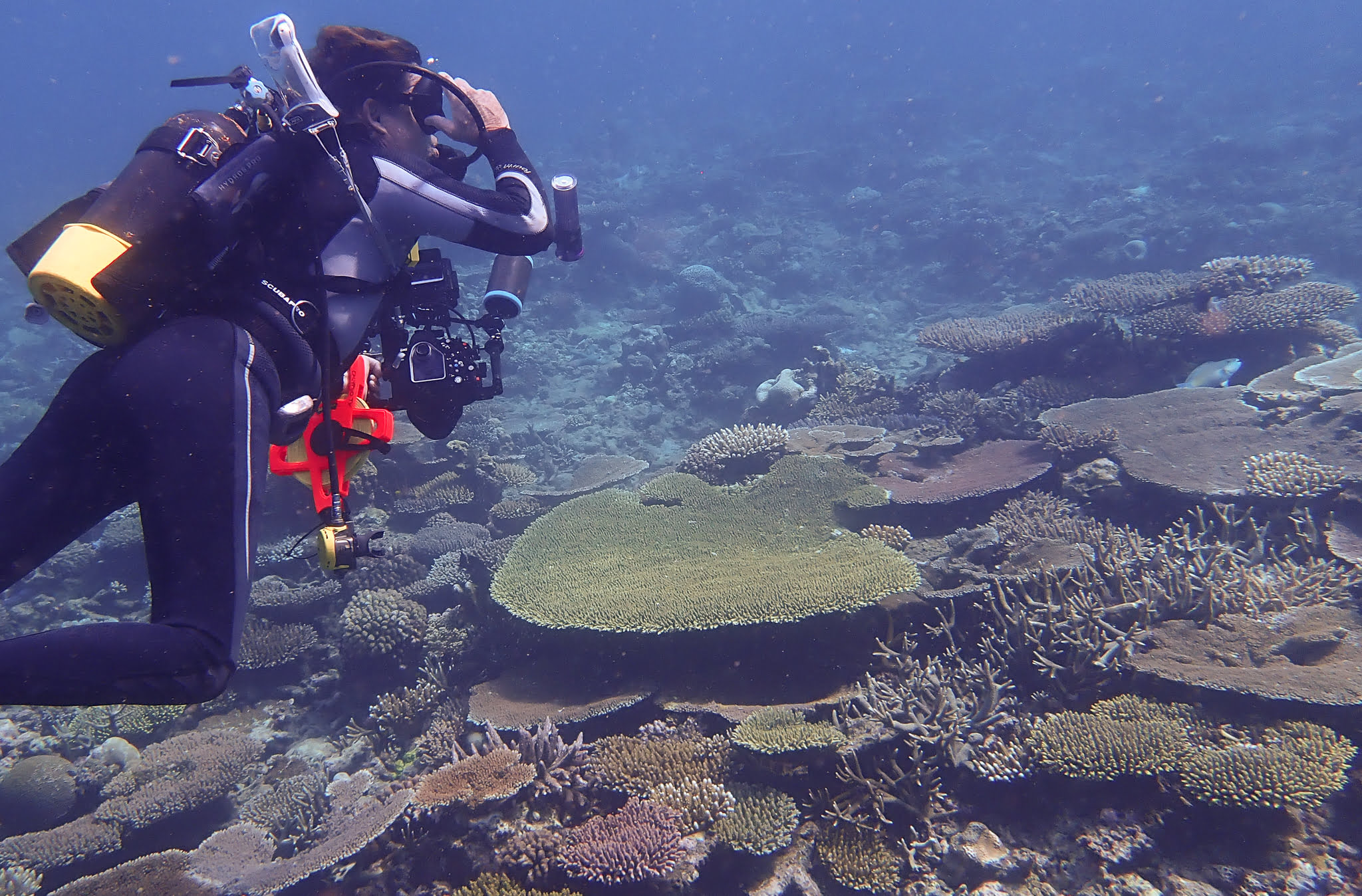
As the Moon is the driver of La Niña–El Niño cycle, so changes in its orbital path correspond with periods of bleaching including the 2016 bleaching, as well as the recent wet weather along the east coast of Australia. James Stagg understood the importance of lunar cycles, and so do the Chinese. A technical paper by Jialin Lin and Taotao Qian entitled ‘Switch Between El Niño and La Niña is Caused by Subsurface Ocean Waves Likely Driven by Lunar Tidal Forcing’ is worth reading and is open access at ResearchGate. I didn’t get a chance to mention it when I was recently on Sky TV with Andrew Bolt. Andrew reminded us that not so long ago we were told by Tim Flannery that Australia’s reservoirs would never fill again because we were doomed to drought – forever. He has been proven so wrong by the cycles of flooding since.
Arthur Day contributed chapter 4 to Climate Change: The Facts 2020. Recently, he sent me some more information on Antarctica. I published this at my blog along with a video Stuart Ireland made after he visited Antarctica a few years ago – when he got to swim with the seals. It’s magical.
Antarctica is a long way from the Great Barrier Reef, but it is the temperature and pressure gradients between the two – or at least between the Poles and the Equator – that can have a major impact on the intensity of the Earth’s weather systems.
The good news for the corals is that the 2020–2021 Australian cyclone season was another ‘below average’ season, producing a total of eight tropical cyclones with just three of these categorised as severe. This means last summer there was not only fewer cyclones, but they were less severe cyclones. However, this trend will likely reverse – because the climate is always changing.
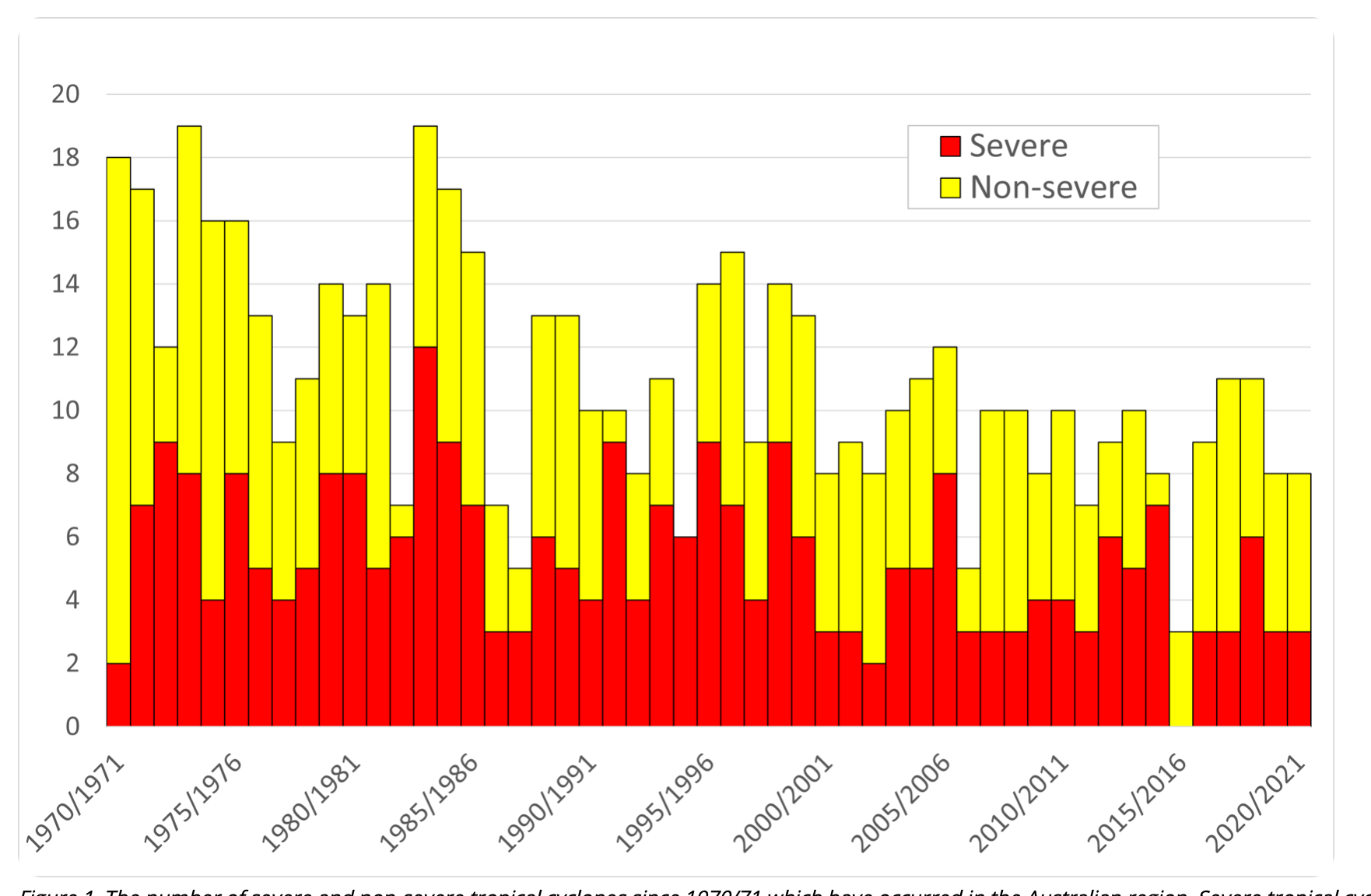
We end 2021 in eastern Australia, which borders to the western South Pacific, with reservoirs full of fresh water, beautiful corals just offshore, not to mention very high vaccination rates. Australians should be confident about the year ahead even if our Bureau of Meteorology keeps fudging an increasingly unreliable temperature record to falsely claim imminent catastrophe. I will be writing much more about this next year – in 2022.
Before finishing this last blog post to you all for the year, I would like to mention the late Christian Kerr and Rob McCulloch. The first a political journalist, the other a marlin fisherman – two very different men who were both such good friends to me. We lost both this last year.
Christian Kerr would sometimes text or phone after I sent out one of my irregular e-newsletters; he would ask if he could republish something in The Spectator Australian Online. Consequently, he launched one of my most important papers, co-written with John Abbot, about using artificial intelligence to distinguish between natural and man-made global warming. It is the first of the papers listed below.
Living in Noosa I managed to escape much of the lockdown insanity that so affected Christian and many of my other friends and colleagues in Melbourne. Indeed, while much of Melbourne was house-bound, I went on a wonderful Great Barrier Reef adventure with Rob McCulloch all the way to Myrmidon Reef at the end of last year, and to Pixie Reef earlier this year. More recently I was diving Heron Reef.
Rob McCulloch and I planned the trip to Myrmidon in September 2020 in order to search for the monster corals. That was after one of his clients from Sydney cancelled because of a last-minute COVID-19 border closure. Rob was known as one of the best marlin fishermen in Australia. He is remembered in the short documentary Finding Porites, which is dedicated to his memory. You can watch it on YouTube, here.
Neither Christian Kerr nor Rob McCulloch waited for other people to do things for them, or to audit things for them. I will miss their courage and their kindness, but especially their enthusiasm for my work and my writings.
Thank you especially to the B. Macfie Family Foundation for continuing to fund my work through the Institute of Public Affairs.
John Roskam will step down as executive director of the IPA early in the New Year. John backed me to set-off with Rob McCulloch on the little boat Kiama to find the monster corals and trusted me to edit the last two climate change books. I will always be so grateful for these opportunities.
Best wishes to you for a happy Christmas and prosperous New Year. And remember, lost time is never found.
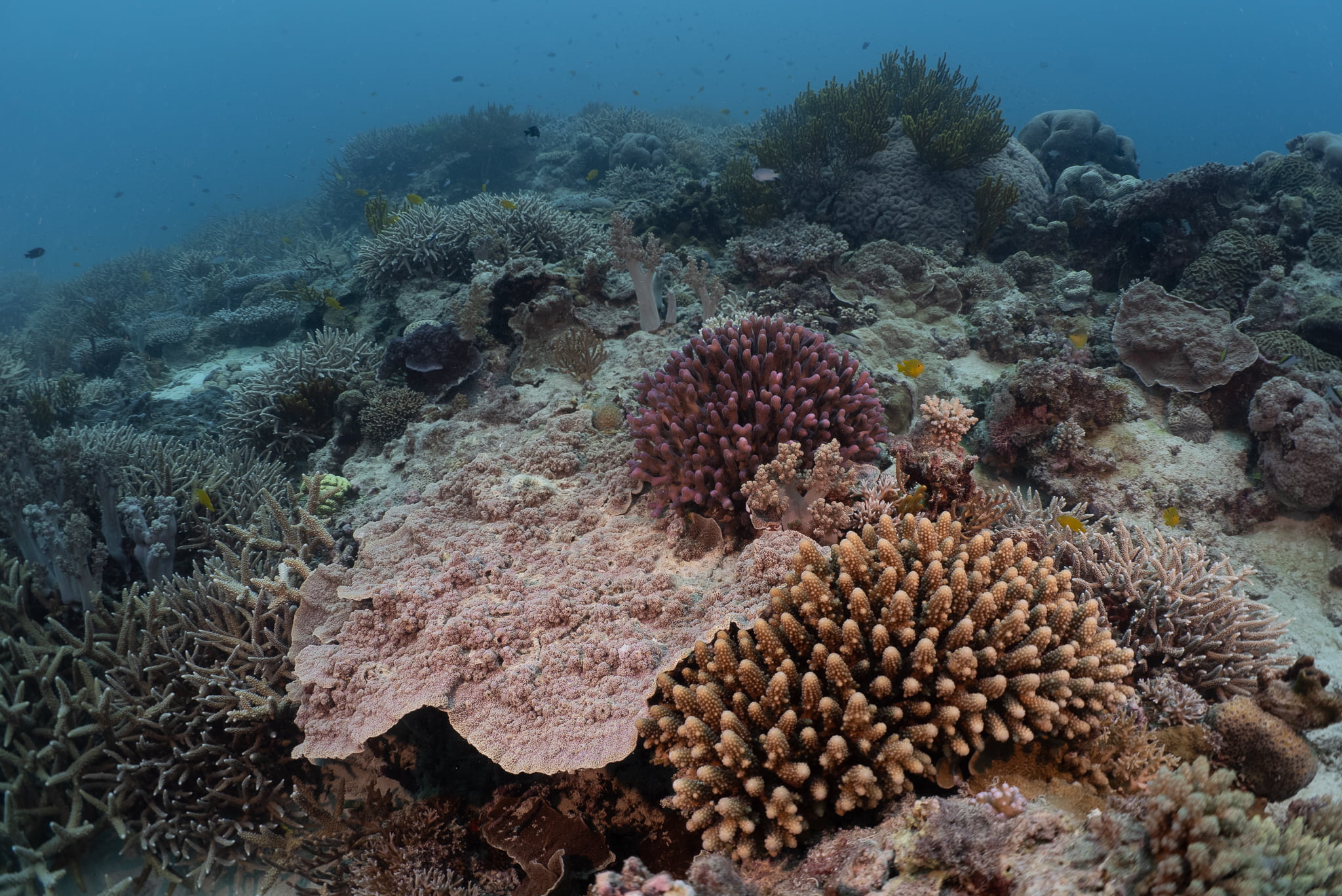
The photograph at the top is of me under-the-water offshore from Heron Island just a month ago. I’ve written a first blog post on the trip, here. There will be more next year about Heron Island, and the need for some quality assurance of underwater photographs used as evidence of mass coral bleaching.
Key publications with John Abbot, 2012 to 2017
Abbot, J. & Marohasy J. 2017. The application of machine learning for evaluating anthropogenic versus natural climate change, GeoResJ, Volume 14, Pages 36-46. http://dx.doi.org/10.1016/j.gf.2017.08.001
Abbot, J. & Marohasy, J. 2017. Skilful rainfall forecasts from artificial neural networks with long duration series and single-month optimisation, Atmospheric Research, Volume 197, Pages 289-299. DOI10.1016/j.atmosres.2017.07.01
Abbot, J. & Marohasy, J. 2017. Forecasting extreme monthly rainfall events in regions of Queensland, Australia, using artificial neural networks. International Journal of Sustainable Development & Planning, Volume 12, Pages 1117-1131.DOI 10.2495/SDP-V12-N7-1117-1131.
Abbot, J. & Marohasy, J. 2017. Application of artificial neural networks to forecasting monthly rainfall one year in advance for locations within the Murray Darling Basin, Australia, International Journal of Sustainable Development & Planning. Volume 12, Pages 1282-1298. DOI 10.2495/SDP-V12-N8-1282-1298.
Abbot, J. & Marohasy, J. 2016. Forecasting monthly rainfall in the Bowen Basin of Queensland, Australia, using neural networks with Nino indices. In AI 2016: Advances in Artificial Intelligence, Eds. B.H. Kand & Q. Bai. DOI: 10.1007/978-3-319-50127-7_7.
Abbot, J. & Marohasy, J. 2016. Forecasting monthly rainfall in the Western Australian wheat-belt up to 18-months in advance using artificial neural networks. In AI 2016: Advances in Artificial Intelligence, Eds. B.H. Kand & Q. Bai. DOI: 10.1007/978-3-319-50127-7_6.
Marohasy, J. & Abbot J. 2016. Southeast Australian Maximum Temperature Trends, 1887–2013: An Evidence-Based Reappraisal. In Evidence-Based Climate Science (Second Edition), Ed. D. Easterbrook. Pages 83-99. http://dx.doi.org/10.1016/B978-0-12-804588-6.00005-7.
Marohasy, J. & Abbot, J. 2015. Assessing the quality of eight different maximum temperature time series as inputs when using artificial neural networks to forecast monthly rainfall at Cape Otway, Australia, Atmospheric Research, Volume 166, Pages 141-149. doi: 10.1016/j.atmosres.2015.06.025.
Abbot J. & Marohasy J. 2015. Using artificial intelligence to forecast monthly rainfall under present and future climates for the Bowen Basin, Queensland, Australia, International Journal of Sustainable Development and Planning, Volume 10, Issue 1, Pages 66 – 75. DOI: 10.2495/SDP-V10-N1-66-75.
Abbot J. & Marohasy J. 2015. Using lagged and forecast climate indices with artificial intelligence to predict monthly rainfall in the Brisbane Catchment, Queensland, Australia, International Journal of Sustainable Development and Planning. Volume 10, Issue 1, Pages 29-41.
Abbot J. & Marohasy J., 2015. Improving monthly rainfall forecasts using artificial neural networks and single-month optimisation in the Brisbane Catchment, Queensland, Australia. WIT Transactions on Ecology and the Environment, 196: 3-13.
Abbot J. & Marohasy J., 2015. Forecasting of monthly rainfall in the Murray Darling Basin, Australia: Miles as a case study. WIT Transactions on Ecology and the Environment, 197: 149-159.
Abbot J. & Marohasy J. 2014. Input selection and optimisation for monthly rainfall forecasting in Queensland, Australia, using artificial neural networks. Atmospheric Research, Volume 138, Pages 166-178.
Abbot J. & Marohasy J. 2013. The application of artificial intelligence for monthly rainfall forecasting in the Brisbane Catchment, Queensland, Australia. River Basin Management VII. WIT Press. Editor C.A. Brebbia. Pages 125-135.
Abbot J. & Marohasy J. 2013. The potential benefits of using artificial intelligence for monthly rainfall forecasting for the Bowen Basin, Queensland, Australia. Water Resources Management VII. WIT Press. Editor C.A. Brebbia. Pages 287-297.
Abbot J., & J. Marohasy, 2012. Application of artificial neural networks to rainfall forecasting in Queensland, Australia. Advances in Atmospheric Sciences, Volume 29, Number 4, Pages 717-730. doi: 10.1007/s00376-012-1259-9.
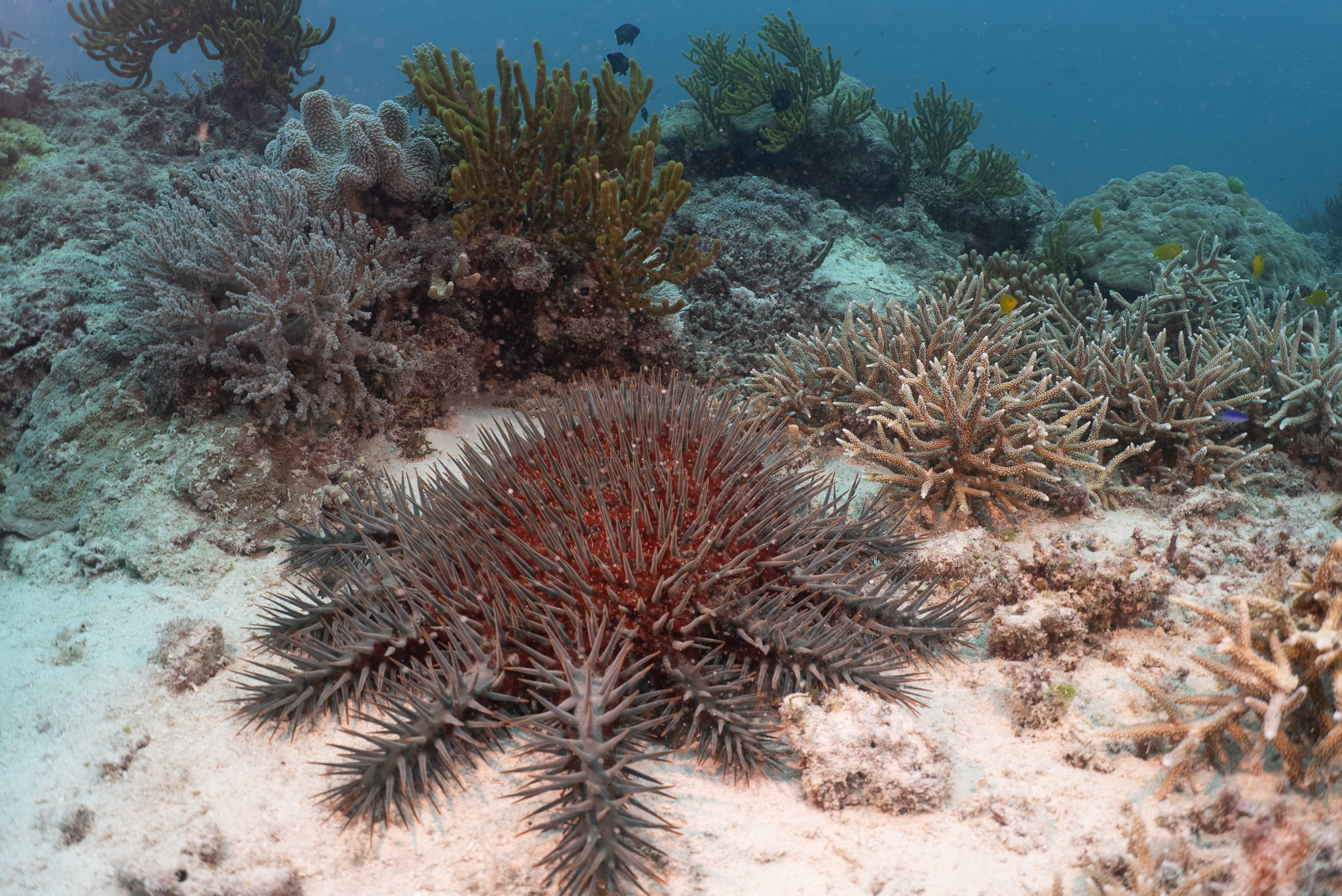

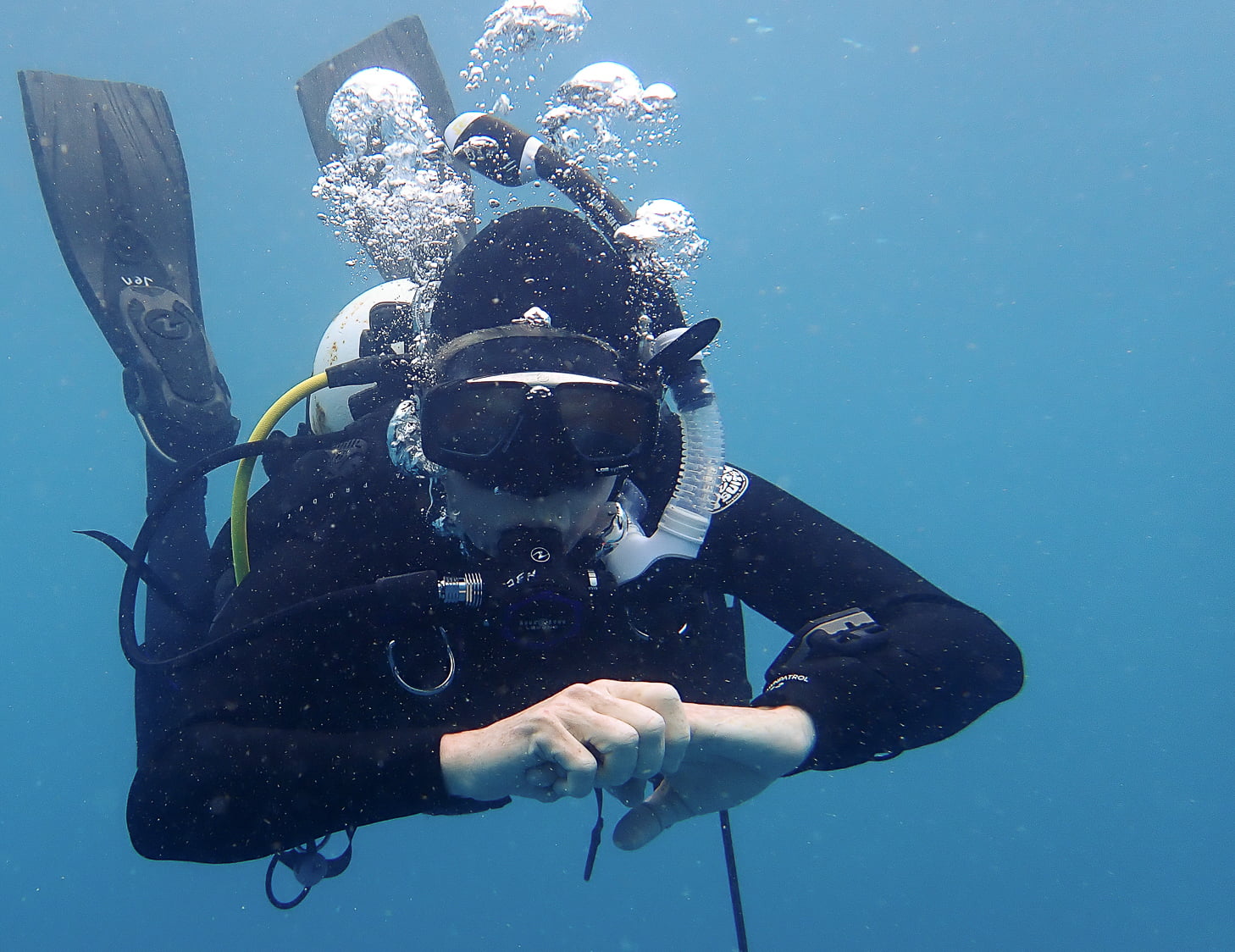
 Jennifer Marohasy BSc PhD is a critical thinker with expertise in the scientific method.
Jennifer Marohasy BSc PhD is a critical thinker with expertise in the scientific method.

Thanks for all the wonderful work you do Jennifer.
Best wishes for the festive season
Thank you Jennifer for your insights regarding climate, BOM and the GBR over the past year. It has helped many people to understand the complexities of our ever- changing climate and, hopefully, educate some at BOM and their cult-like alarmists. May you have a safe and happy holiday period.
Thanks Jennifer; without your tireless effort to try and ‘keep the bastards honest’, as former colourful pollie once said, the BoM would have ‘memory holed’ all the real data by now for which there’d be no turning back to reality.
Stay safe and take care over the coming festive season, and will await your next biting attack on the idiocy of the BoM’s misbehaviour.
Wonderful as always, when opening my emails I always open yours first – a positive dose of reality and optimism. Regards Tony, Hahndorf SA
Jen,
Speaking of the famous Terry Hughes surveys from the air, would this clip be an example of how they do it? Something I have been meaning to send but might as send it here for others too.
See: https://twitter.com/ProfTerryHughes/status/1243117101788721153?ref_src=twsrc%5Etfw%7Ctwcamp%5Etweetembed%7Ctwterm%5E1243117101788721153%7Ctwgr%5E%7Ctwcon%5Es1_&ref_url=https%3A%2F%2Fscience.anu.edu.au%2Fnews-events%2Fnews%2F5-big-environment-stories-you-probably-missed-while-youE28099ve-been-watching
The entire planet is currently in a Wet/Normal Period between Dry Cycles. The next Solar-induced Orbital Dry Cycle will start over 170 degrees E, (New Zealand) in early May 2022 –
reaching Australia’s East Coast by early June 2022 – and lasting in Australia until mid-February 2023.
The Moon and the Oceans are not the instigators of precipitation or temperature.
ENSO should never have left the University of East Anglia in the mid-1970s.
https://drive.google.com/file/d/13XspUXBLBdHAD3yECFM3C0s2LZ23AfZO/view?usp=sharing
Once more unto the breach… of research validity dear Jennifer. Very refreshing analysis against all odds and on a meagre budget. All the best for 2021 and greatly looking forward to more!!!
Greetings from central Washington State.
This is the “dry side”, east of the Cascade Mountains.
I woke to 2 inches of snow this morning. I note that cold air is accumulating in the Arctic region, January may be very cold in the Northern Hemisphere.
I will soon wish I was in Noosa!
May all have a great holiday season.
Congratulations Jennifer on a great year of work by youself and your team (Stuart Ireland and Leonard Lim) In particular your beautiful photographs at Pixie Reef in Northeast Cairns. The work and detail you have gone to will be of lasting benefit for future records and assessment of the condition of this great natural wonder.
Also these photos are a great promotion for the reef and will reassure people around the world that the reef is not dying and remains a wonderful tourist attraction.
I hope one day to revisit the Great Barrier Reef and see it for myself once again in all it’s beauty.
Arthur,
It is unbelievable what Terry Hughes gets away with, and what he is prepared to show. But perhaps no-one has any idea how little you can see from that height? I made the little film ‘Rose Reef’ in part to show that you can have very white and very healthy corals, that may even looked bleached from the air:
Then there are the aerials from Pixie Reef 2020, https://jennifermarohasy.com/coralreefs/pixie2020/
One of the first images is of the massive Porites Craig, from close-up: under-the-water. Then if you scroll down you can see it from +40 metres in the air, it is in the back lagoon. And it looks bleached.
The extent of the misinformation is appalling.
Don,
I don’t understand all the protesting! Your wonderful book (republishing the work of Alex S. Gaddes) has a focus on cycles, including making mention of the 18.6 metonic cycle. That is all ENSO is, a manifestation of this lunar cycle. We could insist that it be understood in terms of lunar declination. But at least there is some recognition of this cycle by mainstream meteorologists.
Mike, Kris, Allan, Anthony, Christine, John, Geoffrey,
So much thanks for your kind words!
Jen
Arthur,
At 1.55 into ‘Rose Reef’ you can see back to Stone Island, and everything fringing looks white. What Terry Hughes would have scored as bleached. Because that is how it may appear from a great height and/or from a distance depending on the light.
But that is exactly where we filmed ‘Beige Reef’. And I show in that short film with the close-up drone and underwater cinematography that it was all healthy. And I’m so proud of my drone shots in that film. They were all mine!
Watch on YouTube by clicking here:
Arthur/Someone
Can you find out where Terry Hughes filmed that aerial (available from the Twitter link you provided)?
Hughes doesn’t reply to me.
It would be good to go there and check the state of the corals next year?
Thanks Jen for another great year of hard work, trying to keep the bastards honest.
We can only hope that the wokes of this world eventually wake to their own stupidity.
And have the courage to admit it.
Meanwhile, all the best for Christmas and 2022.
As a former scientist I am truly shocked at what is going on. Your predictions for rainfall should be more widely exposed. The “sins of our time” are many.
A merry Christmas and a better 2022 for everyone and just a note about the latest so called energy crisis and the increasing inflation in the coming months.
According to the latest EU YAP fest high energy prices are here to stay and are feeding inflation in the EU, US and around the globe.
Of course before this DELIBERATELY caused so called ENERGY CRISIS good old capitalism ( SUPPLY and DEMAND) would’ve rushed to fill the higher energy demand and prices would’ve dropped, until the next hiccup in the system.
But the clueless idiots in the EU and the USA NOW want a command economy where their govts run everything.
What could possibly GO WRONG??? OH and if ENERGY prices do cost 395 billion $ MORE in 2022 there’ll be marching in the streets in a very BIG way across the EU and USA or YELLOW VESTS everywhere.
And just in time for the lead up to the mid term elections for the donkey DEMs.
https://wattsupwiththat.com/2021/12/22/eu-facing-new-energy-crisis-next-year/
You have a nice Xmas Jen and all the best for next year, (I think we may need all the luck we can muster).
Another wonderful year this year of keeping the bastards a little more honest.
Jennifer said in a recent email to me about coloured coral ‘bleaching’:
“Hey Arthur
There are few things that you/and 99.9% of the rest of the population doesn’t understand.
Corals can ‘bleach’ colourful. There is a good paper on it here: https://www.sciencedirect.com/science/article/pii/S0960982220305716
And I have a page about it at my website, here: https://jennifermarohasy.com/coral-colours/
But there are also a lot of very blue corals that are not bleached at all. They are still working it out, the colour of corals. How and why. But they can’t ever admit to not understanding everything already.”
Much thanks for caring.
Jen
A geologist’s perspective:
Jen,
Wow, yes, I can proudly say I am one of those 99.9% who don’t really understand corals. I didn’t plan to get this ‘educated’ but it is good to learn more because it helps to put what Vevers did in his Netflix Chasing Coral movie into perspective. The short video the Southampton people made in the paper you refer to above, available at https://www.sciencedirect.com/science/article/pii/S0960982220305716, is brilliant! You should add a link to it from the coral-colours page on your web site. Yes, you are right, corals are complicated. I would add sophisticated and resilient as well. They aren’t simple but the less people understand about something the simpler they think it is. If corals really were that ‘simple’ then there might be some cause to worry about them. However, by virtue of their survival through the assaults of natural climate change and massive sea level swings over millennia, they have evolved survival strategies that make them ‘complicated’ and, because of this adaptive complexity, they have evolved resilience. That incredible adaptive light show in the video attached to that paper can’t be a new thing. It would have to have taken the corals perhaps millions of years to evolve a complex response like that. This means the environmental stresses that lead to such a spectacular adaptive response would have to have happened before. Many times before. In fact, many thousands of times before over millions of years. In short, such events CAN’T be ‘unprecedented’. Otherwise, these corals would not still be with us. They will continue to thrive irrespective of who or what is causing the ‘warming’, such as it is. There is a large amount of proxy climate data stored in the sedimentary record associated with the reef that shows what is happening is definitely not unprecedented on a millennial time scale. People just do not seem to understand this and so, children in particular, are easily traumatized by cherry-picked time-lapse film footage of dying corals made by activist cinematographers who, for whatever reason, see fit to convince us that the world’s coral reefs will all soon be dead. No way!
Arthur
ps. Also, the video by Terry Hughes posted on Twitter on Mar 26, 2020 linked to previously was accompanied by the comment:
“I feel like an art lover wandering through the Louvre….as it burns to the ground.”
That analogy was stolen directly from Greta Thunberg!
Also, a more extensive 1:50 clip of that March 2020 flyover video linked to previously can be found at:
https://www.news24.com/news24/africa/news/ship-leaking-tonnes-of-oil-off-mauritius-splits-apart-20200817
To find it scroll a long way down and click on the top left tiled image referring to the reef under the “more videos” heading. In this clip Hughes makes the outrageous claim that he is “almost certain the reef won’t bounce back to what it looked like five years ago or even 30 years ago”. WRONG!
Unfortunately, as per your request, I still haven’t been able to figure out exactly where that flyover was conducted although the clear presence of ‘hard’ rock outcrops along the shoreline should narrow the range of possibilities considerably.
Jen,
The 26 March 2020 (perhaps) Terry Hughes flyover mentioned above at:
https://twitter.com/ProfTerryHughes/status/1243117101788721153?ref_src=twsrc%5Etfw%7Ctwcamp%5Etweetembed%7Ctwterm%5E1243117101788721153%7Ctwgr%5E%7Ctwcon%5Es1_&ref_url=https%3A%2F%2Fscience.anu.edu.au%2Fnews-events%2Fnews%2F5-big-environment-stories-you-probably-missed-while-youE28099ve-been-watching
was from north to south just off the western coastline of Great Keppel Island between Shelving Beach and Monkey Point.
Arthur